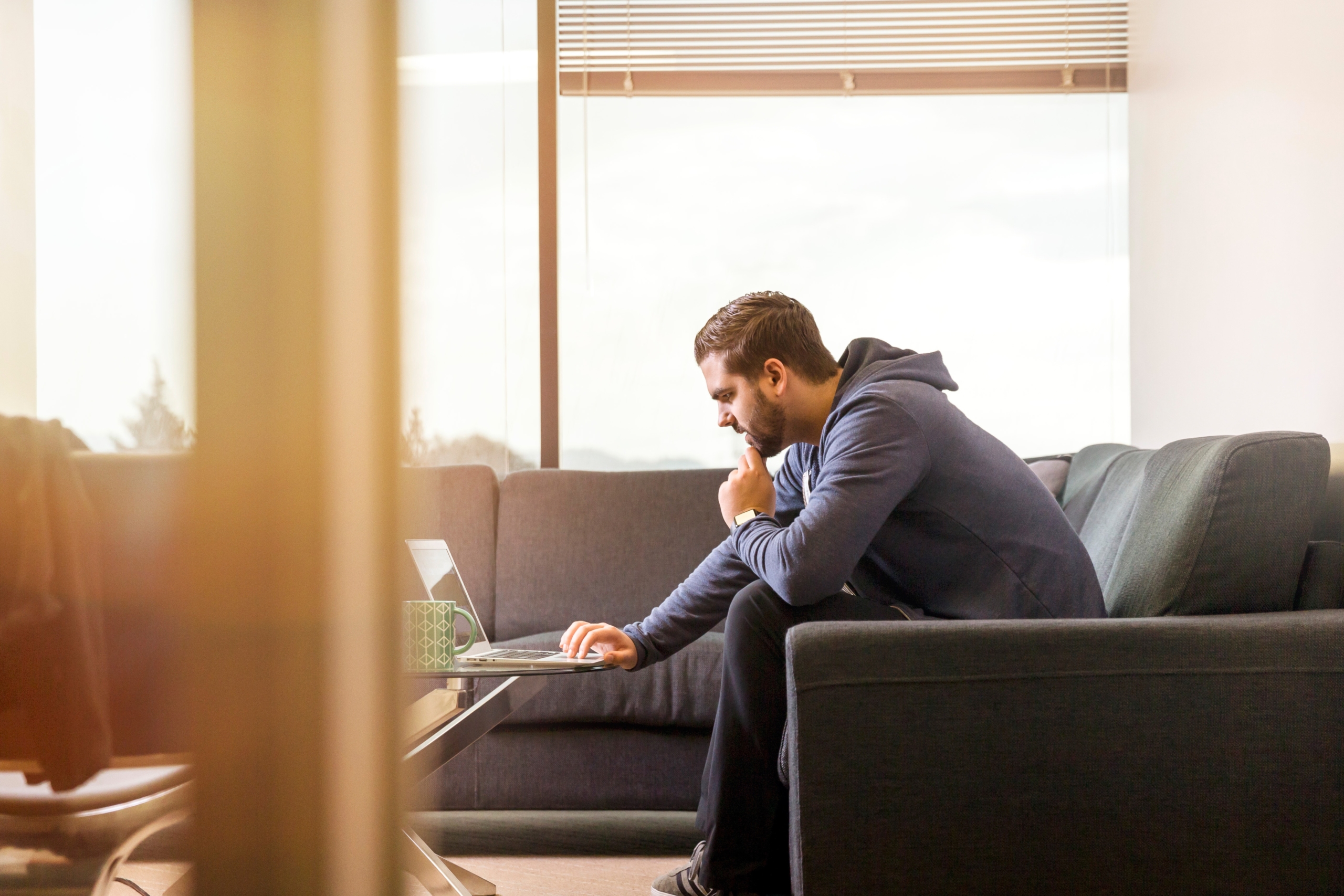By Caylin Haldeman
Now that we’re all on board with social distancing, many of us are starting to settle into a new routine (can we call it a routine yet?) of working from home. Here at Next Stage, we are hosting conference calls, navigating technical challenges and connectivity problems on Google Hangouts, and trying to manage the competing demands of our coworkers and families.
But there are so many people still at work out in the community: grocery store employees, healthcare providers, police officers and firefighters, just to name a few. Many companies aren’t structurally able to transition to remote work – and others simply can’t afford to.
Nonprofits vary widely in their ability to operate remotely, and we know that many are working hard this week to restructure programs and augment activities during this time of transition. In the midst of all of these changes – economic instability, growing unemployment rates, increased home education and childcare needs – we know that our nonprofits are often the frontline of support.
So in the age of social distancing, how should local organizations think about shifting their programmatic priorities to meet the changing needs of our community?
We are in the thick of it ourselves, anticipating the changes we will need to make over the next few weeks to ensure CULTIVATE can pivot to meet the immediate needs of our cohort while still achieving our goal of helping them build long-range strategic business plans. Here’s how we are approaching changes to program implementation in the age of social distancing:
1. Protect Your People
As of today, the general consensus is to follow Mecklenburg County guidelines: gatherings of more than 50 people have been prohibited, a State of Emergency has been declared, and residents are expected to follow everyday prevention practices to avoid getting sick. Our first priority should always be our people – our colleagues, our volunteers, our families and our communities. It is in everyone’s best interest to follow recommendations related to social distancing until we are able to reduce chances for community transmission of COVID-19.
We have seen organizations and businesses postpone in-person programs and volunteer opportunities and pivot to services that accommodate social distance – using drop-off or pick-up methods to provide resources while reducing in-person interaction, transitioning to virtual meetings for human services support, and creating new online platforms for engagement.
Before anything else, we recommend taking a step back to ensure that your organization is doing everything it can to protect your people. We know it can be tempting to run at the big challenges right away, but our community will be stronger and better off if we give ourselves the chance to breathe, adjust to our new reality and make sure we are taking care of one another. Once policies and procedures are in place that help volunteers, staff and participants stay safe and healthy, nonprofit leaders can start to think creatively about the future.
2. Assess Changing Community Needs
As this situation evolves, it will be critical to understand how your constituents have been impacted by economic and community shifts. When appropriate, reach out and ask for feedback to understand what has changed and where new priorities have surfaced.
The CULTIVATE curriculum introduces our cohort to the Community Needs Assessment – an exercise meant to help leaders understand the scope of need within their mission focus area and where they fit within a broad system of resources. It is safe to assume that community needs within most focus areas have changed since just one month ago, and regular checkpoints should be established to keep your nonprofit’s programming informed and responsive
3. Adjust Accordingly
We’re in uncharted territory right now, with the perfect storm of the Coronavirus pandemic and economic downturn looming on the horizon – and the reality is that there are not really any established best practices on which to rely. Next Stage is here to remind you of the intrinsic strength that exists within the individuals on your team – your volunteers, your leadership staff, and the people who are served by your programs. Tap into that strength to understand how to pivot and give yourself the grace of time to figure out what comes next. We are here to help.
For additional support, please check out the following groups who are coordinating resources to help nonprofits continue to provide needed programs in the community:
Apparo – Local IT nonprofit Apparo is hosting a free webinar to help nonprofits adjust to remote work. More info can be found here: Ensuring Nonprofit Remote Work Success (A Virtual Q&A)
Charlotte Community ToolBank – The Charlotte Community ToolBank will happily provide tables, chairs, tents, and other equipment free of charge to those responding and directly supporting the COVID-19 pandemic. If your organization is providing free lunches, sorting food for families practicing self-isolation, staging pop-up testing sites, etc., and has a need for our equipment, please call us at 704.469.5800. We are here to help!
CLT COVID-19 Resource List – A grassroot coalition of community leaders, including Stefania Arteaga and Comunidad Collectiva, Tyler Miller and For Charlotte, Tina Marshall, Kass Ottley, Gemini Boyd and others have created a living document of resources and ways to help. To add resources to this list, contact us and we will put you in touch with its editors.
SHARE Charlotte – SHARE Charlotte is launching #SHAREFromHome, a new platform that empowers the community to do good while practicing social distance. For more information and ways to get involved with local nonprofits, check out the SHARE From Home website.
